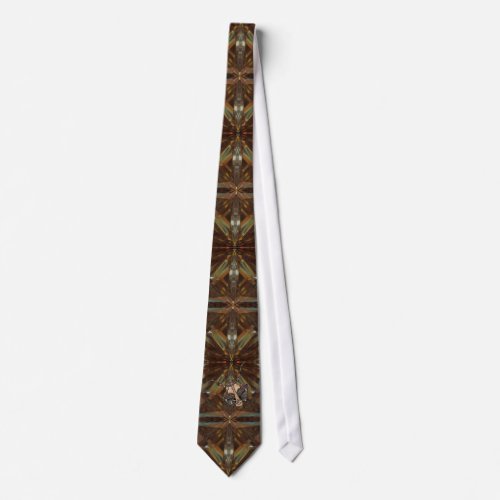Dead Leaf Mantis Neck Tie



It gets its common name because it looks like a dead leaf. It has a broad, flattened, and extended thorax (the part of its body located between the head and the abdomen), and a "leaf pattern" imprinted on its wings. As well, it has a dark underside, and this makes it look like a shadow when seen from below. This insect varies in color from various shades of light brown to a very dark brown that is almost black. In general, all mantid species exhibit dimorphism (males and females of the same species look different from each another). Males have a thorax divided into eight segments, the females have six. The males tend to be more yellowish than the darker females. Males are also smaller than the females. In their native habitat, they prefer dwelling in shrubs and leaf litter. They need a hot and humid environment. High humidity is especially required when they moult (shed their skin). Mantids are carnivores. They are among the top arthropod (invertebrates with exoskeletons, segmented bodies, and jointed attachments called appendages) predators. Their main diet consists of other arthropods, such as insects and spiders. They will even consume small lizards and frogs. At times, they eat each other. Predators are generally animals that feed on insects. These primary predators are bats and birds. Also, lizards, rodents, spiders, and insect eating snakes will feed on smaller mantids. Predators are not limited to other animals. Mantids will eat other mantids. This cannibalistic behavior is usually prevalent during the nymph stage and during mating; however, a mature mantis will not turn away from a meal of its own kind.


